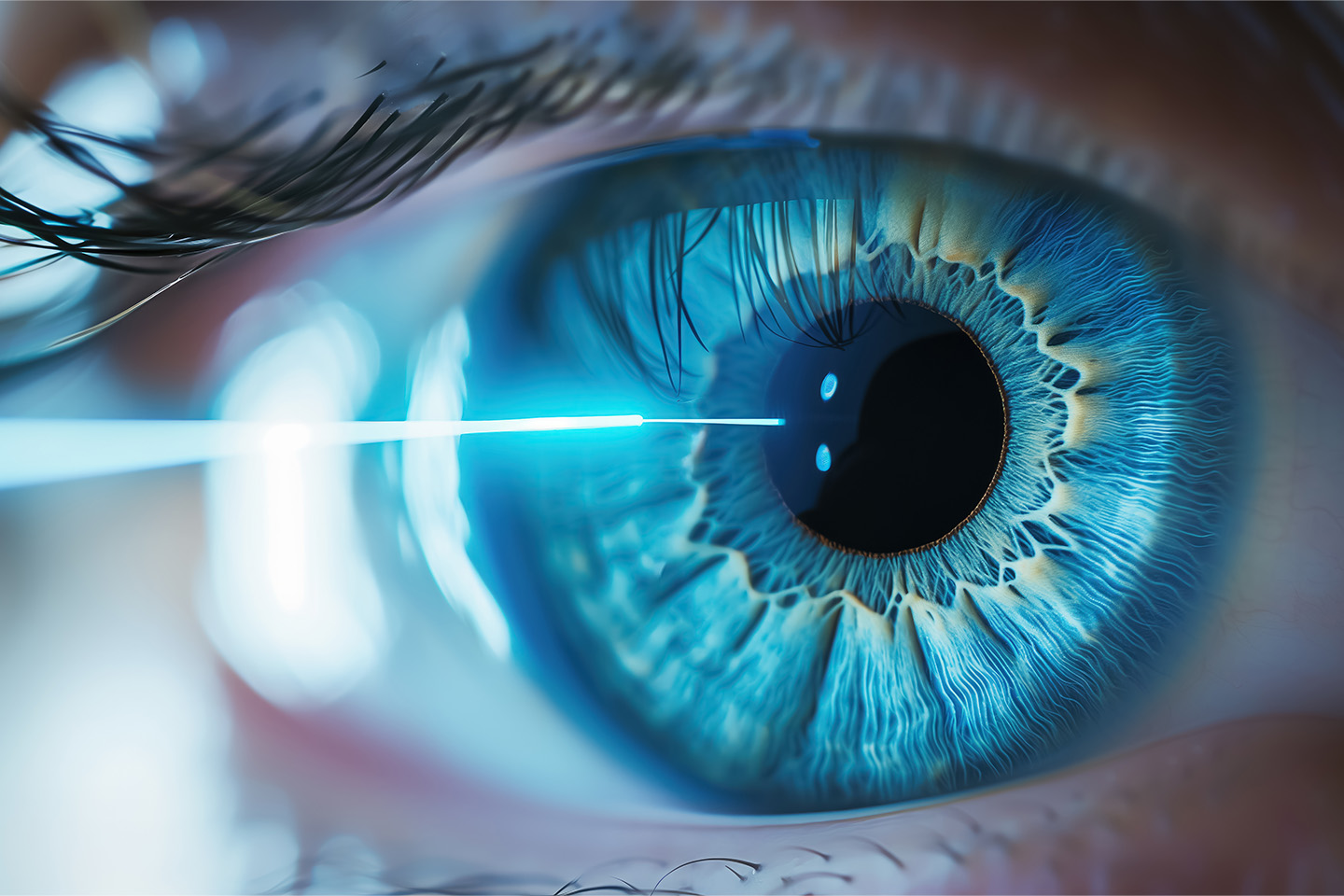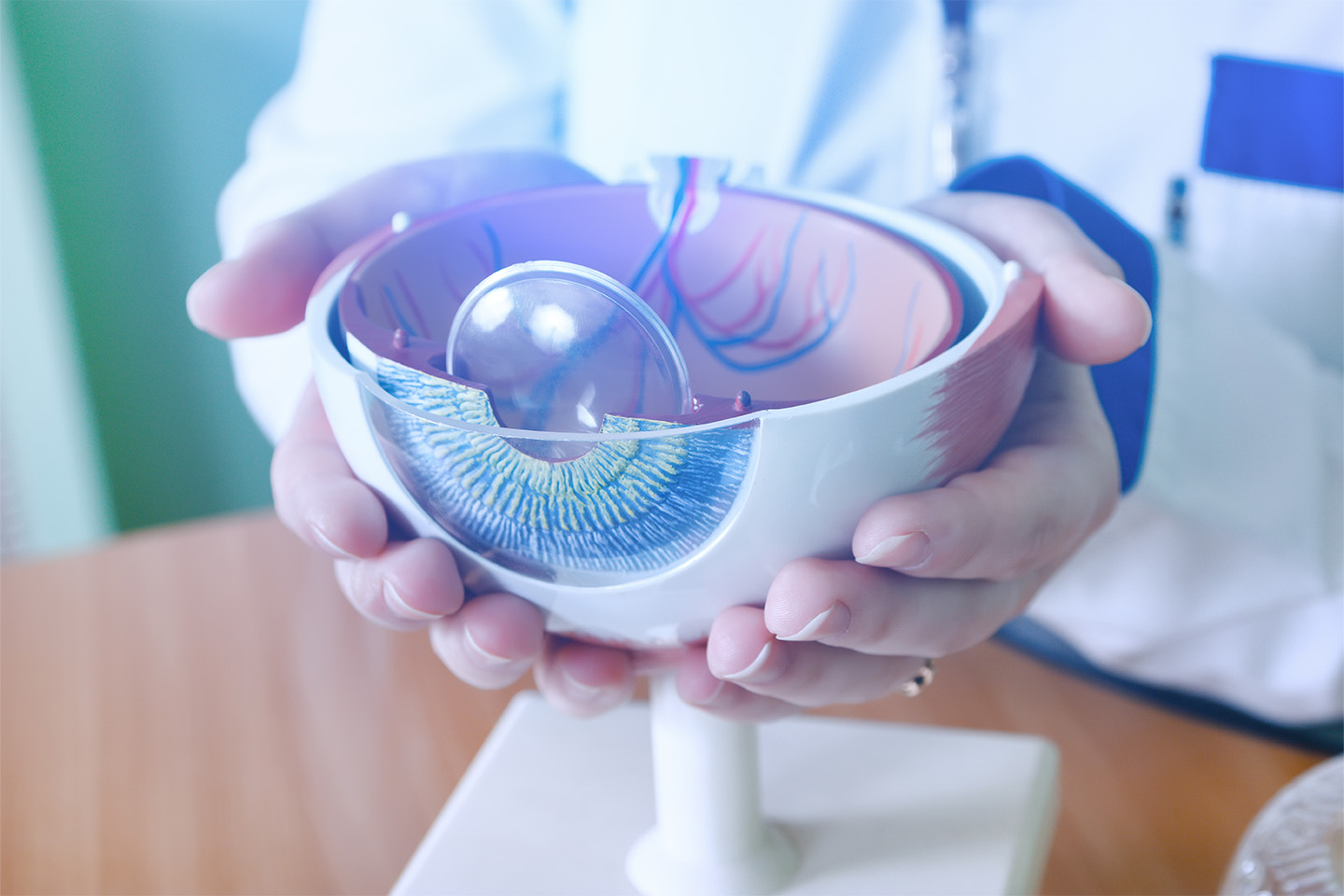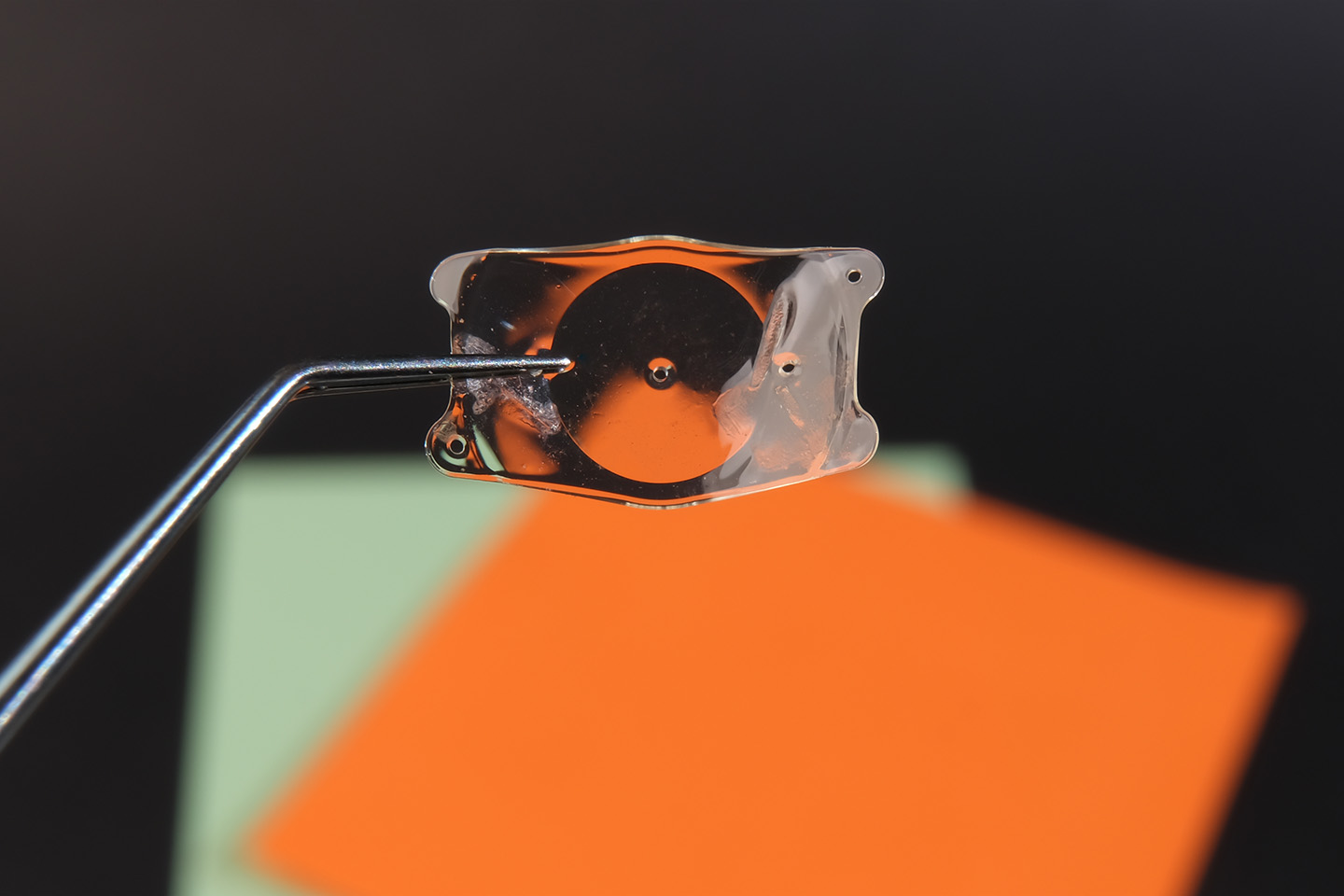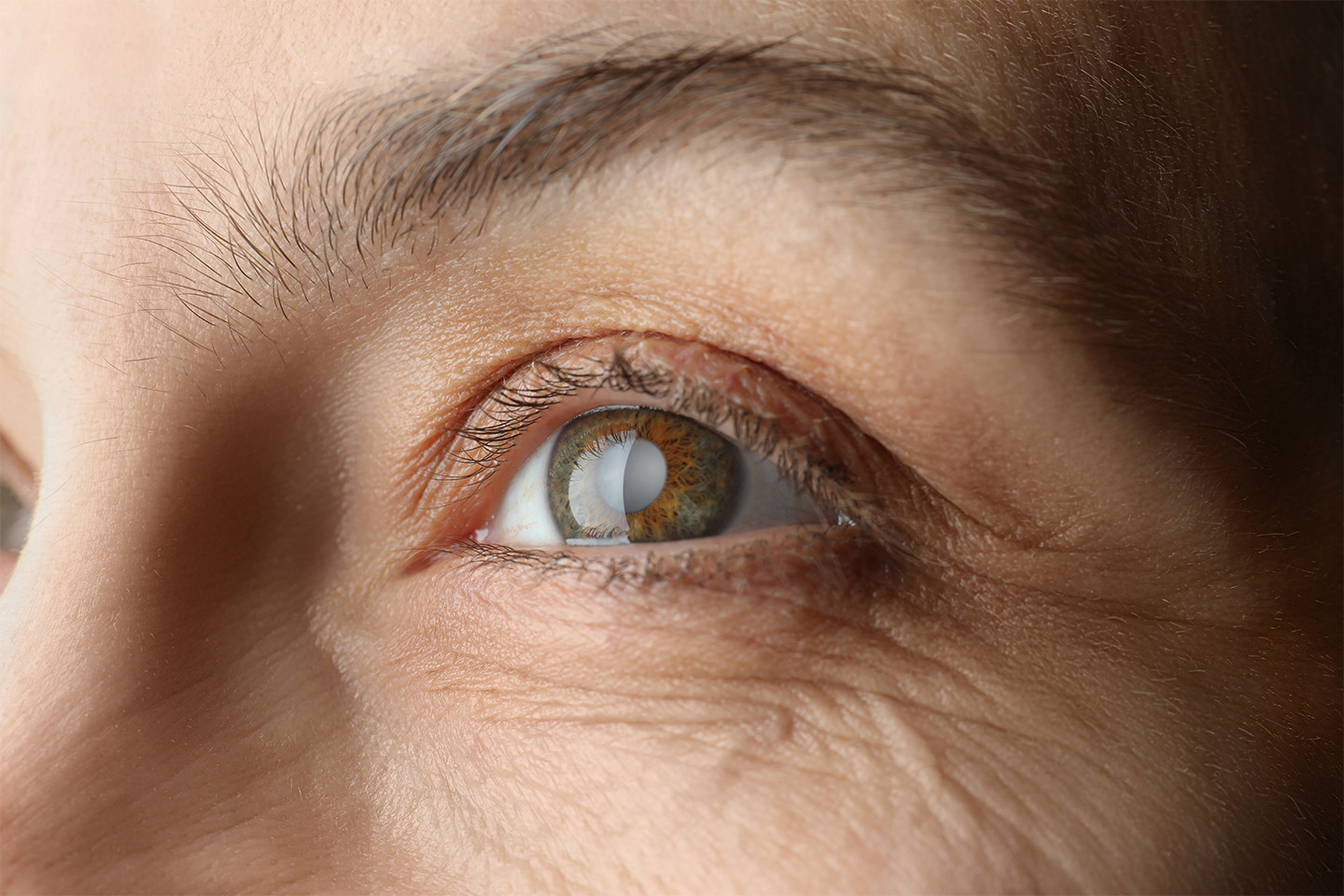Care Tips and Treatment Options for Patients Suffering from Dry Eye Syndrome
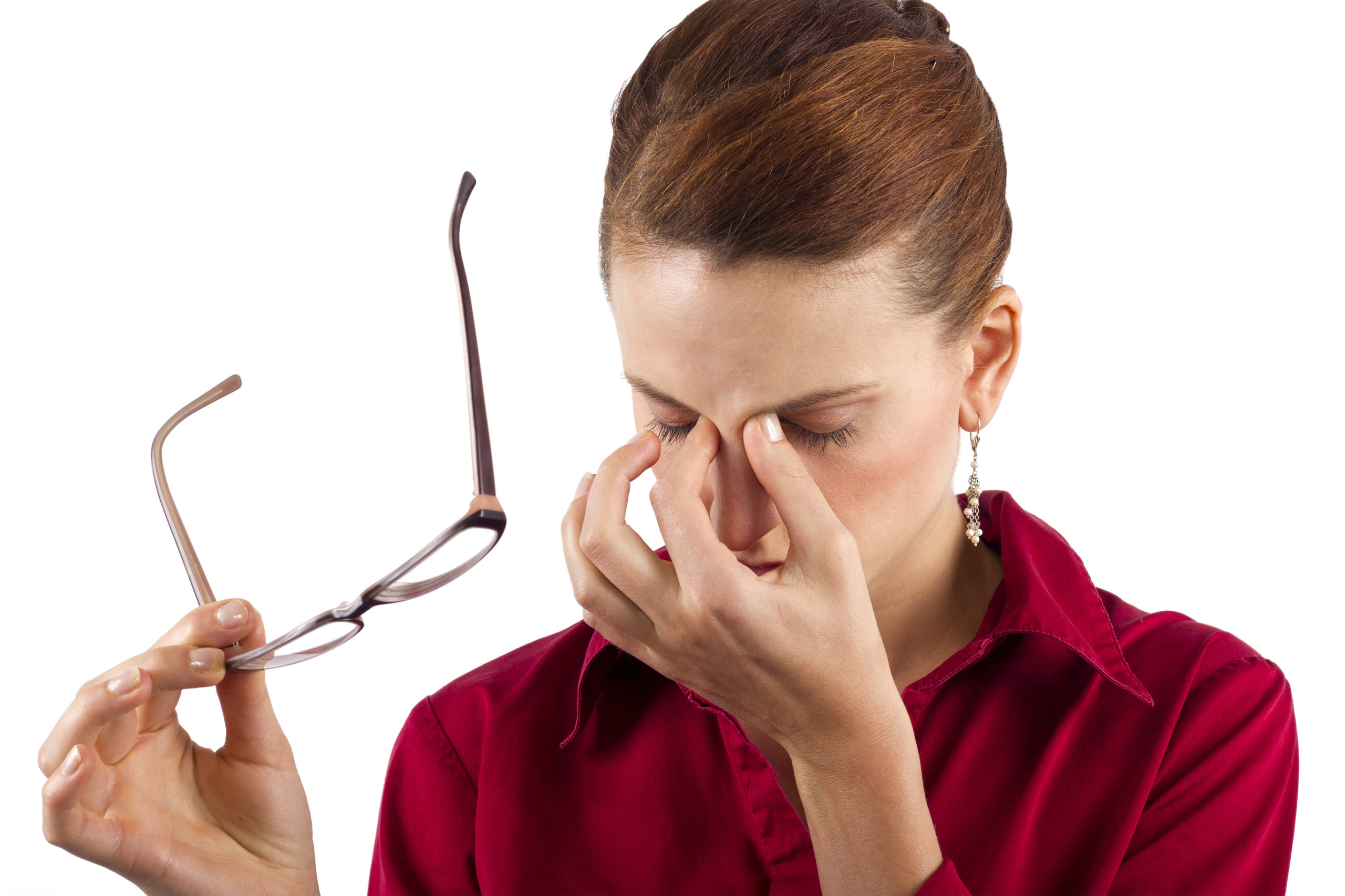
Dry eye syndrome is a chronic condition, but with the right course of treatment, most patients can effectively keep their symptoms under control.
If you leave your contact lenses in too long, your eyes might feel a little dry or irritated after you remove them. If they feel dry all the time, however, you might suffer from dry eye syndrome, a chronic condition that results in excessive dryness in the eyes. Fortunately, there are many simple remedies for this common disorder that can help keep your eyes comfortably moist throughout the day. Here’s what you should know.
Cause and Symptoms
Dry eye syndrome is a product of a lack of lubrication in the eyes. The human eye produces two types of fluids: lubricating tears and reflex tears. The former contains mucus, oil, nutrients, and antibodies in addition to water, while the latter mostly serve as a response to irritation. Dry eye stems from the body’s failure to produce an adequate amount of lubricating tears.
The most common symptoms of dry eye include blurred vision, itching, a red or crusty discharge that most often appears in the morning, and a feeling that dirt or debris is somehow caught in the eye. As counterintuitive as it seems, excessive watering can also be a symptom, since the body generates reflex tears in response to the perceived irritation.
Who Gets Dry Eye?
Anyone can suffer from dry eye syndrome, but it’s most commonly seen in wearers of contact lenses, residents of dry and windy locales, and people who have previously had eye surgery. Diseases like diabetes and Parkinson’s, hormonal changes like menopause, age, and certain prescription medications can also increase your level of risk.
Coping with Dry Eye Treatment Options
While there isn’t a cure for dry eye syndrome, most patients can find lasting relief by simply using over-the-counter artificial tears. More severe cases can be treated with prescription eye drops such as Xiidra and Restasis, steroid-based eye drops, lubricating eye inserts called Lacrisert, and punctual plugs that help hold in lubricating tears. Should surgery be necessary, in-office procedures like meibomian gland expression and LipiFlow can correct any oil imbalance in the eyes.
Of course, the circumstances surrounding each and every case of dry eye will be different, meaning there’s no one-size-fits-all solution. If you think you might be suffering from dry eye syndrome, schedule an appointment with an eye care expert to evaluate your symptoms and find the best course of treatment for you.
Turn To The Top Eye Doctors In Texas
Check out one of our locations below for the best eye care near you:




